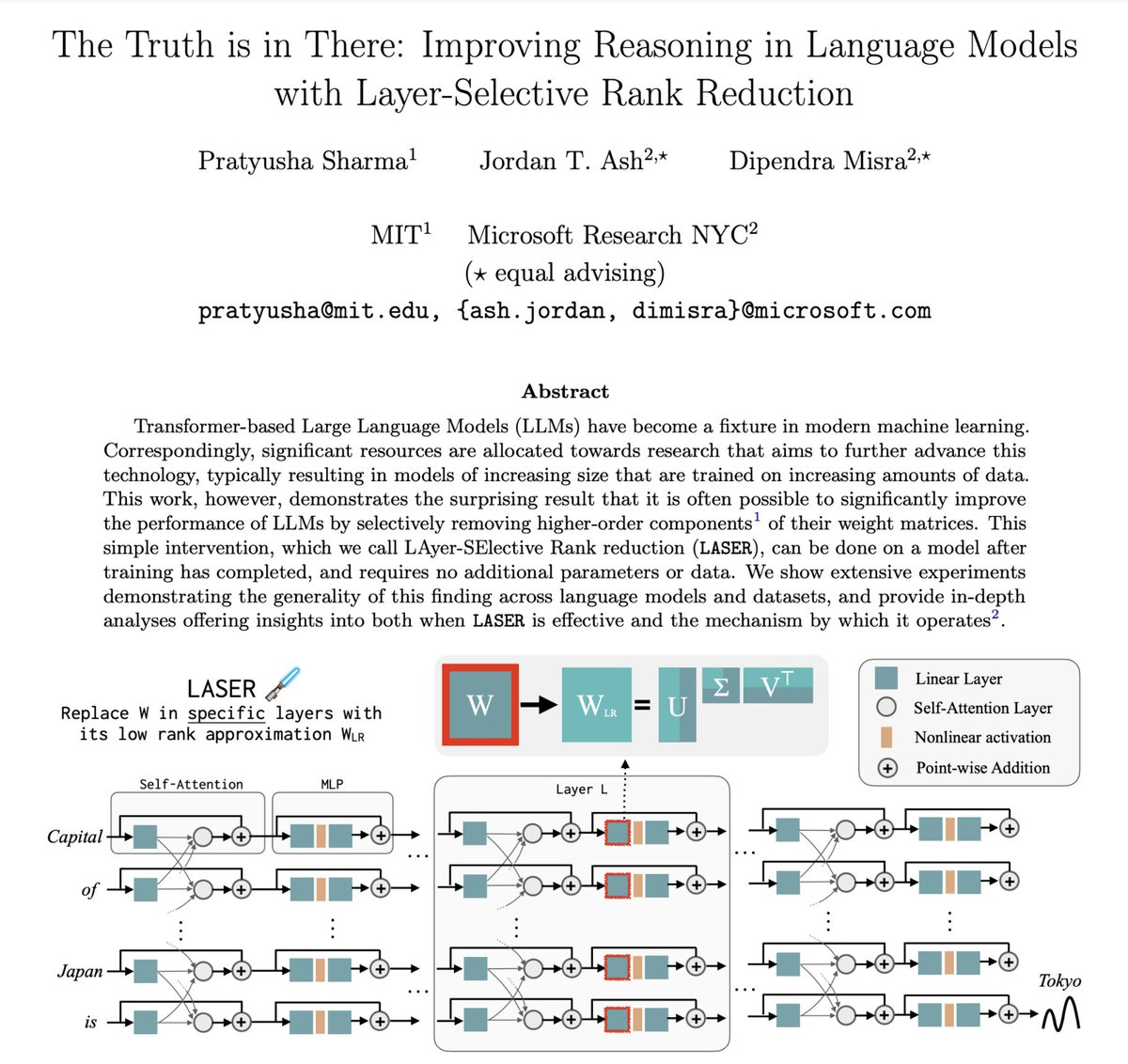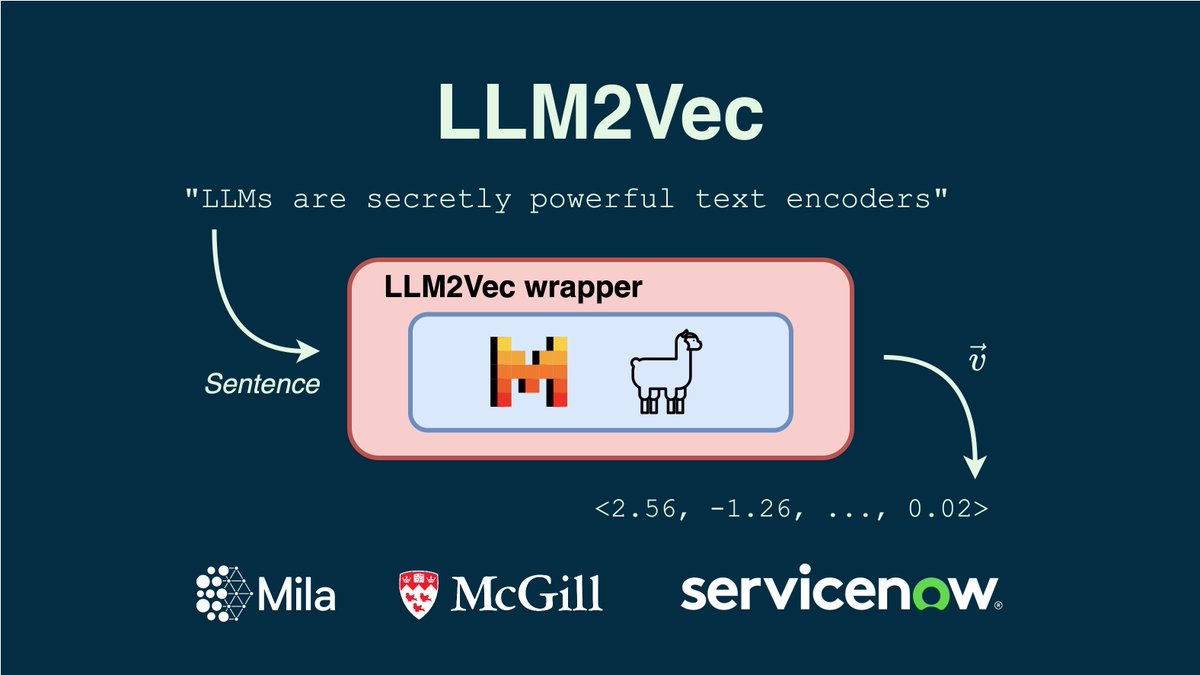
Lucas Torroba-Hennigen
@ltorroba1
PhD student at MIT working in NLP.
ID: 1229354866298040320
http://ltorroba.github.io 17-02-2020 10:40:22
141 Tweet
450 Followers
571 Following






Lucas Torroba-Hennigen and I will present SymGen at Conference on Language Modeling on Wednesday afternoon! Looking forward to seeing y’all there! I'd love to chat about llm generation attribution & verification and human agent collaboration for scientific discovery! plz dm/email me :)






I have multiple vacancies for PhD and Masters students at Mila - Institut québécois d'IA McGill NLP in NLP/ML focusing on representation learning, reasoning, multimodality and alignment. Deadline for applications is Dec 1st. More details: mila.quebec/en/prospective…








